The app development cost of every project (whether a healthcare app or not) comes down to three essential components: effort, hourly rate, and time frame.
- Effort — How many resources counted in man-hours will it take to deliver a project?
- Hourly rate — What’s the price of a man-hour?
- Time frame — What’s the deadline for delivering the project?
And so, the formula for the health app development cost is far from being obscure:
Hours (effort) X Hourly Rate (dollars) = Cost of App Development
However, intricacies quickly pile up when determining the required effort, especially for projects with tight deadlines. On top of that, agencies may have different rates for various app development disciplines, such as design, code, and QA, among others.
Now throw in HIPAA compliance and other regulations-related pitfalls typical of healthcare app development.
How does a business owner make sense of all that? How do they know they are not comparing apples to oranges when looking at quotes and estimates from different companies? How do they ensure every dollar goes towards greater traction and adoption of their products?
Let’s discuss and find answers to these and many other questions so that your app cost negotiations become more effective. I promise, “How much does it cost to make a medical app?” won’t sound this challenging anymore.
Top Takeaways:
- The average mhealth app costs $125K if the total development costs are optimized by applying AI coding principles and using pre-built HIPAA-compliant customizable modules.
- For projects that last longer than 3 months, it’s best to choose the time-and-materials approach characteristic of agile development. The main benefit of following agile best practices is a flexible design and development process, which leads to finding an optimal product-market fit faster.
- Topflight’s Vision-to-Traction System is the best answer to “How much does it cost to develop a healthcare app?” The system takes the best from fixed-price and time-and-materials approaches and guarantees satisfactory end results while taking advantage of agile’s flexible development process.
Table of Contents:
- Healthcare App Development Cost at a Glance
- Common Approaches to Estimating Cost to Develop a Healthcare App
- Best Way for Defining Healthcare App Development Cost
- Factors Affecting the Cost of Building a Healthcare App
- Cost of App Development for Healthcare For Different Product Types
- How to Keep the Cost of Healthcare App Development under Control
- Why Topflight Keeps Healthcare-App Budgets in Check
- Typical Mistakes when Estimating Cost to Create a Healthcare App
Healthcare App Development Cost at a Glance
The cost of healthcare app development depends on the type of app you want to build, its features, and compliance requirements like HIPAA. Below is a quick breakdown of estimated costs and timelines for popular healthcare app types.
| Health App Type | Estimated Cost ($) | Development Time |
|---|---|---|
| Telemedicine App | $150,000 – $450,000 | 16 – 32 weeks |
| Fitness and Wellness App | $55,000 – $120,000 | 8 – 20 weeks |
| Chronic Disease Management App | $65,000 – $280,000 | 15 – 40 weeks |
| Appointment Scheduling App | $50,000 – $75,000 | 6 – 12 weeks |
| Health Records and EMR App | $50,000 – $150,000 | 12 – 24 weeks |
| Average Cost Range | $50,000 – $450,000 | 6 – 40 Weeks |
The cost of developing a healthcare app ranges from $50,000 to $450,000+ and typically takes 6 to 40 weeks. These figures vary based on factors like app complexity, required features, and compliance with regulations such as HIPAA, which can significantly impact both cost and timeline.
Common Approaches to Estimating Cost to Develop a Healthcare App
How do you arrive at an app development cost? You ask a few developers or agencies and compare the quotes, right? These quotes usually come in the form of:
- fixed-price proposals
- time and materials proposals
What are their pros and cons?

Fixed-price
Historically, fixed-price was the most widespread approach in software development. Companies would agree on strict requirements, set a deadline, and agree on the price. Once a contract was signed, there was no coming back without a lengthy give-and-take and additional agreements.
Fixed-price pros:
- hard-defined price for a project
- strict milestones and deadlines for delivery
- min communication efforts
- predictable outcomes
Fixed-price cons:
- hard to change the scope
- no guaranteed product-market fit
- no on-the-go upgrades or improvements
- maintenance becomes a drawn-out process
As you can see, the fixed-price approach fits only specific app development projects. Here are a few signs that call for a fixed-price estimate:
- short projects under 2-3 months
- clearly defined requirements
- ready UX/UI designs
- no ongoing communication
Time and materials
However, fixed price is hardly a viable option in the competitive landscape of healthcare applications. So, it’s no wonder that agile software development focusing on product-market fit and leveraging the time-and-materials approach reins the field today.

Time & materials pros:
- flexible scope, in tune with changing market conditions
- faster delivery (of a proof of concept, MVP, and further iterations)
- product-market fit discovered faster
- quicker updates and seamless maintenance overall
Time & materials cons:
- app development cost follows scope creep
- substantial communication efforts
- delivery milestones may shift
One thing to note about time and materials is that agencies still have to supply an estimate with a range of min and max costs. Owners need to understand the hard budget cap of a project before signing a time and materials contract. A well-defined estimation process at this stage not only aligns expectations but also builds trust by transparently mapping each development phase to expected deliverables.
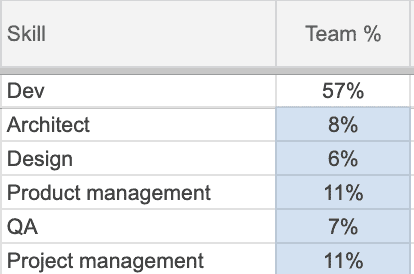
Founders would expect to see a spreadsheet with hours assigned to tasks and broken down by different app development disciplines, often reflecting a specific team’s experience. Obviously, different agencies calculate such percentage formula-driven estimates differently based on their expertise in the field. Moreso, estimates for two separate projects may rely on different formulas.
Despite all the advantages, the biggest hurdle with time-and-material-based app costs for business owners is the unpredictability of results.
If you engage a professional team, they will likely navigate toward an optimal product-market fit within your budgetary limitations. However, many developers choose to navigate endlessly till the budget is gone.
That’s why at Topflight, we came up with a…
Best Way for Defining Healthcare App Development Cost
Our Vision-to-Traction System (VTS) allows you to collaborate with a tech partner who sticks with you throughout the entire process and guarantees your satisfaction. That’s a striking difference from a myriad of development shops that focus solely on the billable hour and don’t guarantee the result.
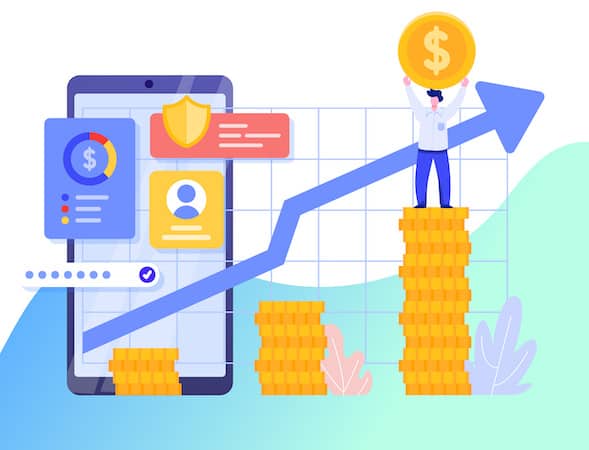
Our no-questions money-back guarantee is the first of its kind on the software development market. The MBG backs our price because we lose money if you are unsatisfied with the results. Compare that to any billable-hour deal that is out there. Our approach ensures every step aligns with secure standards, especially when working on a HIPAA compliant app development project.
Another key differentiator is how each of the five steps in the VTS provides visible results that will impress all your stakeholders. The activities we conduct at each step are based on a systematic playbook that has allowed the Topflight team to achieve consistently outstanding product outcomes for our partners:
- $200 million raised
- 50 million users reached
- Multiple acquisitions
In short, Vision-to-Traction System allows you to hire a team of app development professionals who act like a super-qualified, well-organized, and coordinated team. And you don’t even have to micromanage or shuffle their full-time/part-time load: a project’s needs define that.
In terms of healthcare app development price, the VTS is very transparent:
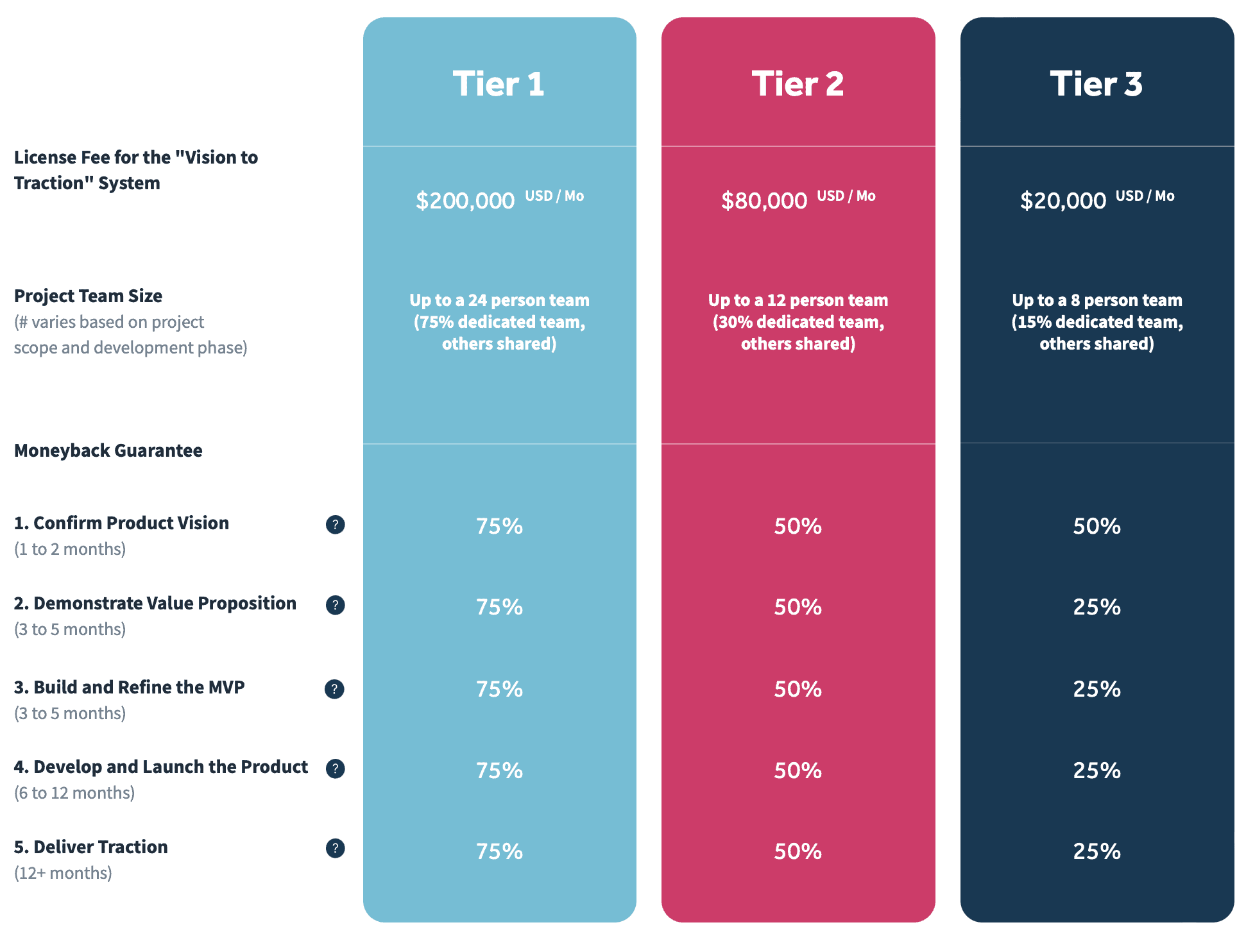
As you can see, the VTS combines the best of fixed-price (guaranteed results) and time and materials (high flexibility). And best of all, the system has shown excellent outcomes for the healthcare industry, fintech, and other verticals.
NB: these VTS prices are subject to change (meaning the team may have updated the prices for tiers on the site; not that we change them during a project all of a sudden). To avoid surprises, we recommend discussing pricing structures early to ensure the proposed model aligns with your growth goals and budget trajectory.
The Influence of the Choice of the Contractor on the Formation of the Cost of the Creation of a Medical Application
It goes without saying that choosing the right technical partner plays a huge role in figuring out the cost to build a healthcare app. Two major factors come into play at this planning stage: location and type of partner.
Location
As you probably know, hiring an overseas team will lower the cost of healthcare app development. The typical range is between $30,000 and $120,000 based on the level of expertise and familiarity with HIPAA compliance and other specifics of medical apps.
However, be ready to micromanage and save a separate budget for thorough testing. The few times we dealt with the results of such teams’ work, the cost to remedy a product at least doubled from what the company had already spent to get a half-baked product.
A few other times, we let it go because the whole thing had to be rewritten from scratch.
So, the pros and cons of working with overseas developers include:
- highly volatile end results
- necessity to micromanage
- seemingly inexpensive
- language and cultural barriers
That’s not to say you’re completely safe working with US-based developers, as performance varies a lot here too. But you won’t run into cultural differences, and if you’re lucky enough, the team will have the right tech knack you need to build a decent health app.
Types of development partners
Regardless of their location, the typical list of partners you get to choose from includes the following:
- software development agencies
Sometimes they take on fancy names like digital product studios or digital agencies. But the bottom line is that these companies offer full-stack development and design services. Hence, they can take you from vision to a ready digital health application while completing all app development tasks with their resources.
Cost effects: usually, the cost to make a healthcare app with an agency is on the higher end.

- freelancers
Freelancers are an acceptable option as long as you agree to micromanage and have enough bandwidth to juggle a hundred balls in the air at the same time. My experience shows that founders end up hiring a dedicated project manager in-house to keep the ball rolling without losing efficiency. Even with that, we’ve had clients come up to us to finish an incomplete app, because they got bailed on by a freelancer mid-development.
Cost effects: cheaper compared to software development companies.
- hiring an in-house team
Hiring an in-house team can be prohibitively expensive compared to working with a software development shop or freelancers. Few companies, let alone startups, can afford a 7-figure payroll to hire a product team, developers, designers, QA and DevOps engineers, etc.
Cost effects: devastating unless you’re fully funded for 2 or so years to carry on.
Factors Affecting the Cost of Building a Healthcare App
Of course, besides a team’s experience and location, many other factors determine the cost to build a mobile app for healthcare, or any type of healthcare software, for that matter.
Scope of work
Regardless of who is working on a health app development project, when defining the cost of designing a healthcare app, we always face the challenge of accurately estimating product features.

Along with notifications, reminders, user profiles, dashboards, and other options (e.g., payments, appointments), we also need to account for the following:
- back end, aka server infrastructure
- cloud hosting
- use of advanced technologies like blockchain, machine learning, IoT, or AR/VR
- integrations with third-party solutions (e.g., EHRs) and/or legacy systems
- integrations with phone sensors like GPS, gyroscope, NFC, etc.
- supported platforms, devices, and browsers
- SaaS and SDK fees
Naturally, the more outlined points apply to our project, the higher its cost. Only back-end development (database, authentication services, APIs, etc.) and cloud hosting are the prerequisites of any web or mobile healthcare application.
Every healthcare app needs a simple back end and hosting, even if only to authenticate providers and patients. You can’t develop a healthcare app without a cloud database, etc. Therefore, always account for these factors when analyzing healthcare website app development cost.
These variables also heavily influence the cost of developing a health app, whether you’re working on a virtual care platform, AI-powered diagnostics tool, or a mobile interface for real-time prescriptions and medication tracking. And when evaluating your overall budget, don’t overlook the app design price as a separate cost driver that varies widely based on complexity and visual requirements.
Otherwise, adding or subtracting different options and integrations from the list drives the price of healthcare app development up or down accordingly.
HIPAA compliance
It’s hard to put a price tag on applying security best practices, but HIPAA-driven development efforts compel healthcare providers to pay a higher price to make healthcare apps.
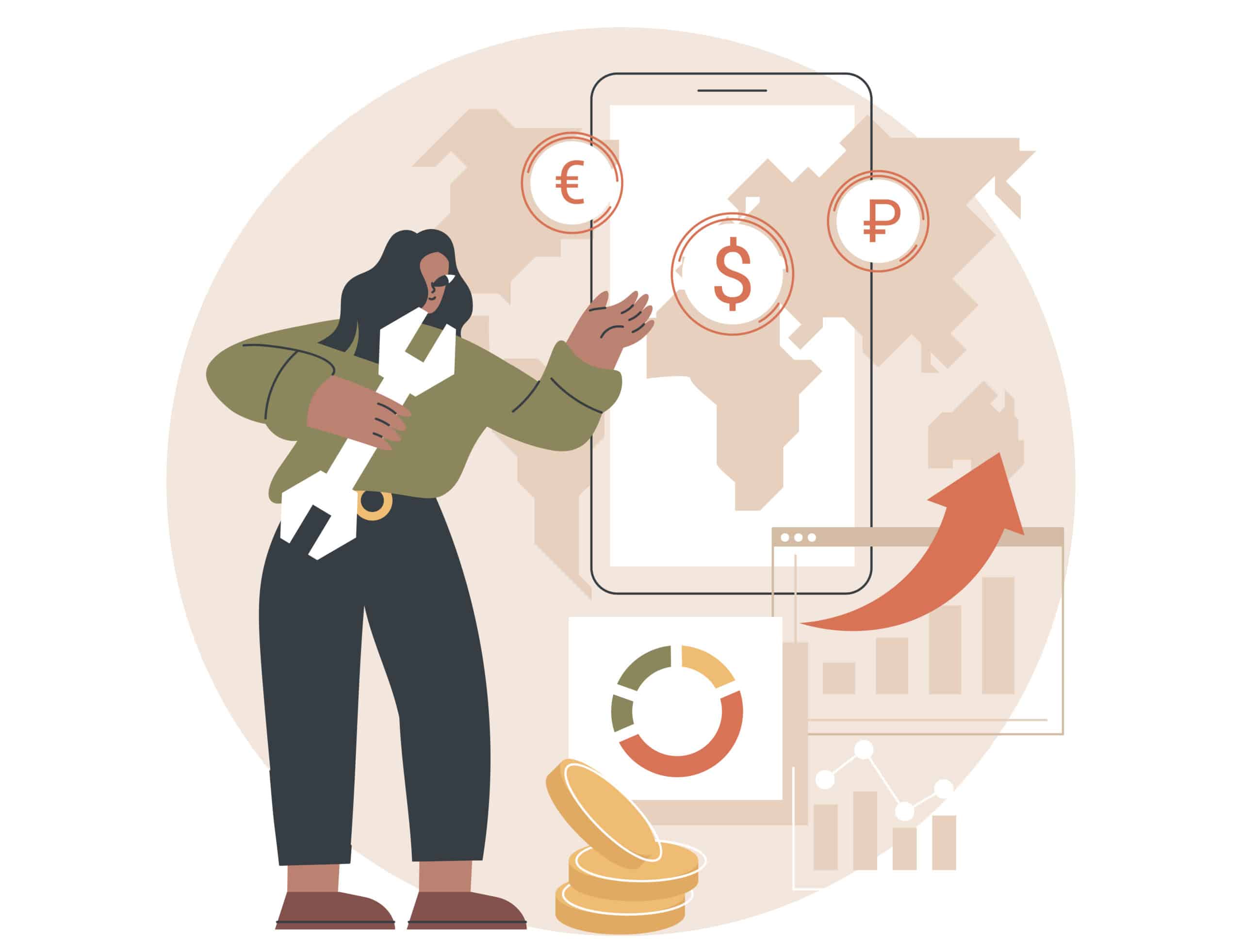 Healthcare app developers follow specific protocols and make use of various technologies, like data encryption, secure connections, and multifactor authentication, to secure PHI.
Healthcare app developers follow specific protocols and make use of various technologies, like data encryption, secure connections, and multifactor authentication, to secure PHI.
If, by chance, your health app doesn’t contain PHI, then HIPAA compliance won’t affect the overall price of designing a healthcare app. Otherwise, it would be best if you accounted for estimating HIPAA-related effort when calculating the costs of the application.
Stage of a product life cycle
Based on a product’s stage of development, its cost will vary between $40,000 and $200,000+
Proof of concept: $60,000 — $80,000. Wow investors, get another round of funding.
MVP: $80,000 — $150,000. Start generating traction.
Product: $200,000+. Continue refining toward a perfect product-market fit.
Of course, a proof of concept or an MVP isn’t the same as a fully market-ready product. However, they serve their purpose, and if you endure until a public release, start paying for themselves.
One of our partners landed a $300k ARR SaaS customer, turning ROI positive within a few months after publicly releasing their healthcare platform.
Cost of App Development for Healthcare For Different Product Types
Diving into the world of healthcare app development, one can’t help but wonder about the costs involved, especially when it comes to estimating the development of solutions for hospitals and providers vs. patients.
Healthcare App Development Cost for Hospitals and Doctors
Have you ever considered why applications for hospitals and doctors might carry a heftier price tag? Well, the answer lies in their complexity and the necessity for seamless integration.
For healthcare apps tailored to hospitals and doctors, the starting cost is typically in the range of $150,000 to $200,000. This higher investment is primarily due to the crucial requirement for these apps to integrate flawlessly with EHR/EMR systems, along with other legacy software that hospitals and clinics commonly use. The goal here is not just to introduce a new tool but to ensure it becomes an integral part of the existing healthcare ecosystem, enhancing efficiency and patient care without disrupting established workflows.
Cost to Develop a Healthcare App for Patients
On the flip side, when we shift our focus to healthcare apps designed for patients, the financial landscape changes. These apps generally fall within a more affordable range of $100,000 to $150,000. But why the difference? The key factor here is the level of integration required with existing medical systems. Unlike their counterparts, patient health apps often need minimal to no integration with EHR systems.
However, reflect on the cost to develop a health insurance app for a minute. Its cost will be closer to hospital/provider apps simply because of required integrations.
Moreover, there’s a significant emphasis on user experience for patient apps. Since most people today are well-acquainted with using mobile apps in their daily lives, they expect a similar level of simplicity and intuitiveness from medical apps. This consumer app-like approach not only makes healthcare more accessible but also reduces development costs (lots of ready-made code on the market in this niche).
After all, creating a user-friendly app that mirrors the functionality and design of popular consumer apps can be less complex than building a system that needs to integrate deeply with the intricate web of healthcare IT infrastructure. The latter, as you understand, increases healthcare website application development cost. Much of this increase stems from deep integrations and backend work similar to what you’d find in the cost of EHR implementation, especially in provider-facing systems.
Average development cost based on the types of healthcare apps
I noticed a few blogs handing out approximate estimates based on the type of healthcare project. For example, a remote patient monitoring app may cost X, and a patient portal – Y.
These estimates are bogus and as good as nothing. You already know that, e.g., the patient mobile app cost developed in different shops may vary significantly. Then, what is an abstract patient app? Each healthcare application is individual, so assigning price tags based on the application type is ridiculous. To check out different health applications by categories, please check our mobile health app development guide.
Related: Cost to Develop a Medical Insurance App
That said, digital health spending trends offer some context. A 2024 CHIME/KLAS survey covering ~40% of U.S. hospitals found that health IT budgets nearly doubled year-over-year. Bain & Company’s 2024 IT survey added that 75% of providers and payers had increased their IT spending — with nearly 45% specifically prioritizing patient-facing mobile technologies like remote monitoring tools and engagement portals. These aren’t vague projections — they reflect real movement toward building mobile-first healthcare services.
At the same time, based on Topflight’s experience, you can safely assume that a well-rounded health app starts at around $150,000. By the way, that’s more or less congruent with the average medical app development cost published by Research2Guidance. Interestingly, in their most recent report on Monetizing Digital Health Solutions (2023), they note high development and operational costs as the smallest barriers to monetizing digital health solutions – only 20%, compared to other barriers starting from 22% and all the way up to 63%.
It’s worth noting that while spending is up, aspirations are even higher. McKinsey has reported that nearly 90% of healthcare executives consider digital transformation a top priority — yet 75% of hospital leaders say their organizations still haven’t fully invested enough to deliver on those digital ambitions. That puts pressure on getting real ROI from digital investments — and amplifies scrutiny around timelines, risks, and outcomes for healthcare software projects.
Here’s how their report answers, “How much does it cost to develop medical software?”
Their mHealth Economics report states that the average mhealth app costs $425K until launch, with almost half the total development costs being outsourced to development agencies or freelancers, translating to medical app development costs of $200,000. Come to us to learn how to get there faster, starting with $60K to $80K.
How to Keep the Cost of Healthcare App Development under Control
Business owners always look for ways to optimize their costs, including the price to build a mobile app for healthcare. What options are at your disposal?
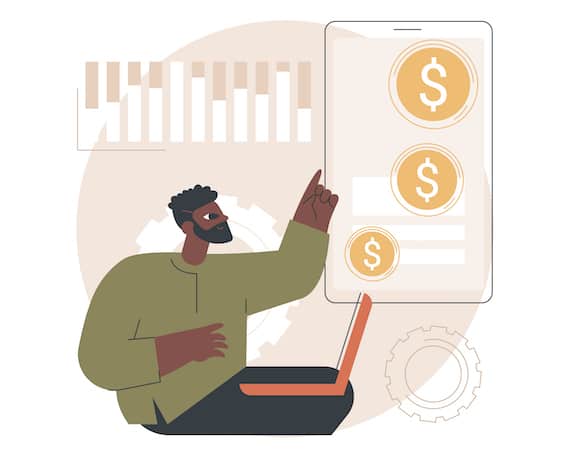
Cross-platform development tools
Frameworks like React Native and Flutter can save up to x1.5 of the budget by using a unified code base for iOS and Android. In addition, source code from a cross-platform mobile app can be repurposed for creating a web application.
Off-the-shelf SDKs and code libraries
We’ve been repeating this ad nauseam: don’t build typical features from scratch. Take a readily available solution and customize it to your needs.
White-label and no-code solution
Speaking of ready-made components, buying and branding a white-label product is another viable route. Simply integrate this white-label product with your digital ecosystem, e.g., sync with a practice management platform. A clinic can jump-start a telehealth service with our no-code components on a meager budget. It’s one of the most cost-effective ways to reduce the telemedicine app development cost while still delivering high-impact digital care.

Rapid prototyping
Prototyping is a must for custom health apps we develop: helps validate a business idea (test UX/UI assumptions) during the design phase without coding, which is less expensive than coding. Speaking of the healthcare UX/UI, there’re a few insights to gain from our dedicated blog on healthcare mobile app design.
Outsourcing
Outsourcing can be a viable route, but it’s essential to proceed with caution. Mixing the intricate details of medical app development with potential cultural misunderstandings can lead to a product that doesn’t meet expectations. It’s important to remember that the healthcare app development cost in USA mentioned here reflects the unique challenges and standards of this market.
Involvement in the development process from the start
The worst thing to do is to hire a competent team and let it loose. Provide critical feedback from day one and keep in touch with the development team throughout the entire process. Or hire a dedicated project manager. If you’ve found a partner you trust, ensure they keep you updated.
Thorough testing
QA is on your development partner. However, you can also verify stuff on your end. It’s easier to catch bugs early, and it won’t cost a fortune to fix them. However, bulk bug fixing before launch may be costly. Developers must run retrospective tests to avoid previously discovered errors.
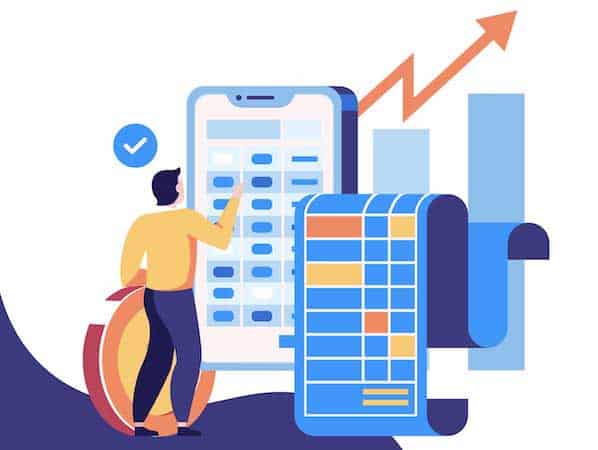
Multidisciplinary team
Hire a full-stack team with in-house talent in design, development, QA, etc. to smoothen the development process. Less back-and-forth helps to keep the cost of medical app development under control.
DevOps best practices
No proper DevOps practice means developers spend extra time. They better focus on feature coding while automated DevOps systems take care of QA/new releases. A cost of medical app development with no DevOps ends up too high.
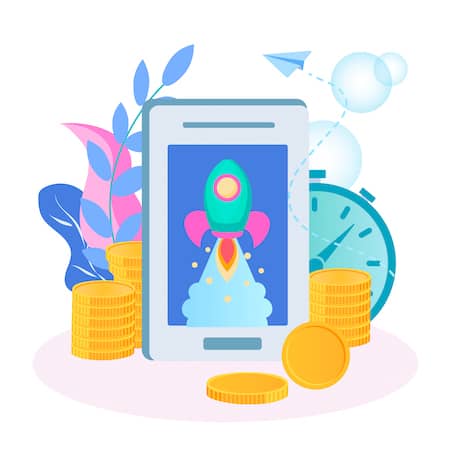
Cost optimization during maintenance
To lower the cost of maintenance/support, integrate automated platforms to track issues, user feedback, and user engagement. It’s cheaper to maintain an app using AI. These proactive tactics help minimize long-term expenses while preserving scalability and stability.
Advanced Tips Based on Hands-On Experience with Health Tech Applications
Managing the cost of developing a healthcare app requires careful planning and strategic decision-making. Here are some essential tips to help you stay within budget:
- Prioritize Value Over Price
Instead of choosing the cheapest quote, opt for proposals that offer strategic compromises tailored to your app. This helps you achieve early results without sacrificing essential features. - Cost-Efficient Early Strategies
If possible, defer HIPAA compliance to later stages by initially avoiding the storage of Protected Health Information (PHI). - Evaluate EHR Integration Necessity: Assess whether integrating Electronic Health Records is crucial from the beginning or if it can be implemented in later phases.
When Higher Costs Are Justified
- Compliance and Integration Needs: Premium quotes may be necessary when marketing to large healthcare systems that require full compliance and specific integrations right from the start.
By adopting these strategies, you can better control the costs associated with your healthcare app development while ensuring that your project remains viable and scalable for future growth.
These strategies are particularly relevant when considering the cost of AI in healthcare, which can significantly impact development budgets depending on your application’s intelligence requirements.
Typical Mistakes when Estimating Cost to Create a Healthcare App
When miscalculated, the cost to develop a medical app may lead to lost opportunities, delayed products, and overspending. Here are the typical mistakes to avoid when building a healthcare app.
Overlooked integration costs
Some companies miss integration costs or calculate them incorrectly. If your coders provide estimates for integrations and don’t research APIs, be ready for surprises. Remember that if your health app syncs with electronic health records.
Misfit technology stack
Use an inept tech stack, and your health app may not scale well (actual for cloud and mobile technologies). Pick sustainable technologies from the get-go.
Sticking to a fixed price
The fixed-price approach is too languid for pivoting. A fixed-price cost for making a healthcare app looking to prove its product-market fit is not the best choice.
Choose custom over low-code and no-code for a PoC or MVP
No healthcare app needs to be developed from scratch. Off-the-shelf software products is your go-to tool. Add a little customization, but you’ll still end up spending less than custom development.
Hiring inexperienced developers
Compromises happen. Still, think twice if a compromise may cost you to rebuild everything from the ground up.

No requirements
Some companies insist on a time-and-materials approach and start creating health apps without requirements. Agile is perfect for pivoting, right? But what if you confuse features pushing your product forward with nice-to-haves. And an agency may misaligns with the product vision if it’s not formalized, which increases the cost to create a healthcare app. Without clearly defined requirements, the cost to create a medical app can spiral quickly due to misjudged features, overlooked diagnostics modules, or productivity-draining iterations.
More developers are always good
Founders may hire more developers to make haste, and this sometimes works as intended. Of course, the cost of developing a healthcare mobile app goes up in this case. However, this doesn’t imply a faster time to market. Unless you’re TelaDoc, more than two developers on a mobile app is overkill, especially if it’s not IoT, AR, or AI software.
Look for even more answers to “How much does it cost to create an app?” in our dedicated blog that covers all types of applications.
Who’s the decision maker?
No alignment between team members and obscure roles hurt the project cost: one person to make final calls on your side.
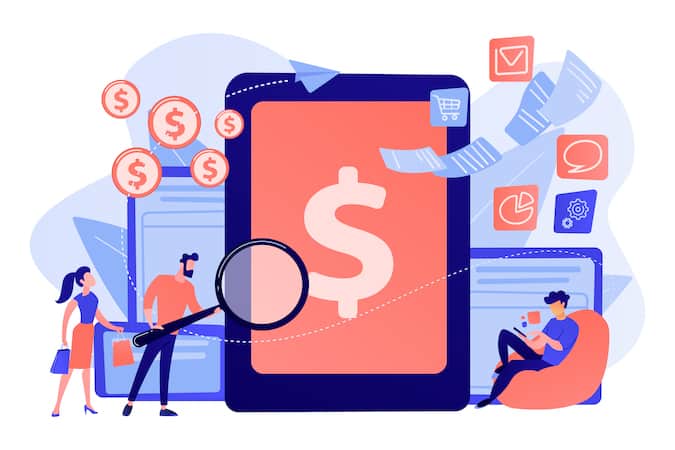
Missed expenses
To answer, “What is the cost to develop a medical mobile app?” include marketing, hosting, and project management costs.
Proper agile tools
When developing a healthcare app at Topflight we use various tools for project tracking and updating you on the progress. As a client, you can access them, but don’t have to: that may be a waste of time.
Why Topflight Keeps Healthcare-App Budgets in Check
Forget “ballpark” quotes that triple once the Gantt chart hits reality. Topflight breaks every project into transparent design, build, and run slices—the same cost drivers you just read about—then backs the estimate with a track record that bankers can Google.
RTHM shipped a cross-platform Long-COVID RPM MVP in ≈1,400 engineering hours, thanks to reusable HIPAA-ready modules that replaced from-scratch boilerplate.
Allheartz put computer-vision rehab on iOS & Android in 800 hours, halving in-person visits and trimming clerical time 80 %.
GaleAI hit market in 1,100 hours, automating coding to lift provider revenue 15 % and slash effort 97 %.
Collectively, apps we’ve engineered have helped founders raise $188 M + in follow-on funding—because investors like products that launch on budget, not legends about why they didn’t.
What keeps your costs from ballooning
One codebase, three platforms – React + React Native covers web, iOS, and Android, slicing 40–50 % off dev hours.
Plug-and-play EHR & HIPAA modules – Auth, chat, FHIR hooks, and analytics snap in; your budget isn’t paying to reinvent them.
Two-week sprints, no scope surprises – Burn-down metrics flag overrun risk before it swipes the card.
Compliance baked in – HIPAA, SOC-2, PKCE from day one—no last-minute “security tax” when you’re sprinting to launch.
How Vision-to-Traction System Affects Health App Development Costs
Imagine hiring a full-stack team with talent in all health app development-related disciplines: from HIPAA compliance and coding to design, QA, and DevOps. Now imagine you don’t need to worry about a full-time load; each team member comes just in time to move the project forward.
And you have full transparency over who is doing what. Plus, the team has a vested interest in your product.
If you dig a little deeper, you’ll discover that the VTS consists of 5 steps:
- Step 1: Confirm Product Vision
- Step 2: Demonstrate the Value Proposition
- Step 3: Build and Refine
- Step 4: Product Launch
- Step 5: Deliver Traction
Each of these steps focuses on the main activities, goals, unique deliverables, and processes that spur the creation of genuine digital products.
Get in touch today to learn more about the system and see if it answers “How much does it cost to develop a healthcare mobile app?” for you.
Frequently Asked Questions
Should I opt for fixed price or time and material?
Fixed price works well only on small projects (within 1-3 months) with clearly defined requirements and timeline constraints. Otherwise, you should pick time and material because it implies using agile development patterns — ideal when probing for a product-market fit.
How is the time-and-materials approach different from Topflight's Vision to Traction?
The VTS allows you to hire a dedicated team vested in your product’s success, offering a money-back guarantee if the result is unsatisfactory. We meticulously follow the steps of our in-house development methodology that have garnered successful outcomes for our partners.
What are the most effective ways to lower healthcare app development costs without compromising product quality?
Cross-platform development tools; white-label no-code solutions, depending on your scope; creative use of readily available code libraries and components (open source or commercial).
Where should I direct my attention when comparing estimates for healthcare app development for different agencies or freelancers?
Estimates only make sense when you already have crystal clear specifications and designs, which is very rare at the start of a project. Otherwise, you’re most likely comparing oranges to apples because teams have different expertise, tech stack preferences, and vision of your product.
What's the cost to build a healthcare application on average?
The average mhealth app costs $425K until launch. Almost half the total development costs are outsourced to development agencies or freelancers, translating to $200,000.



